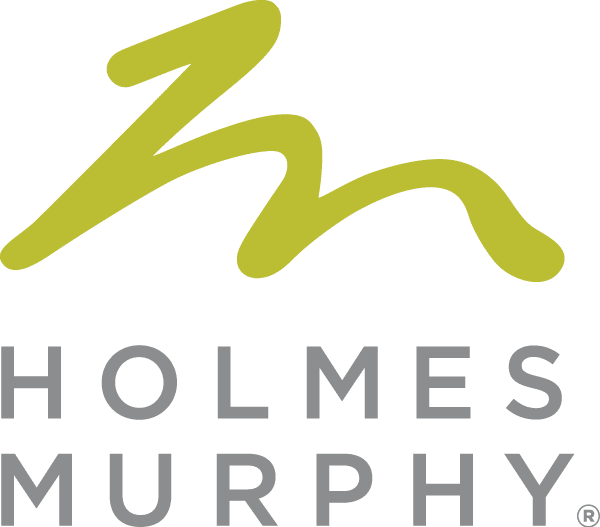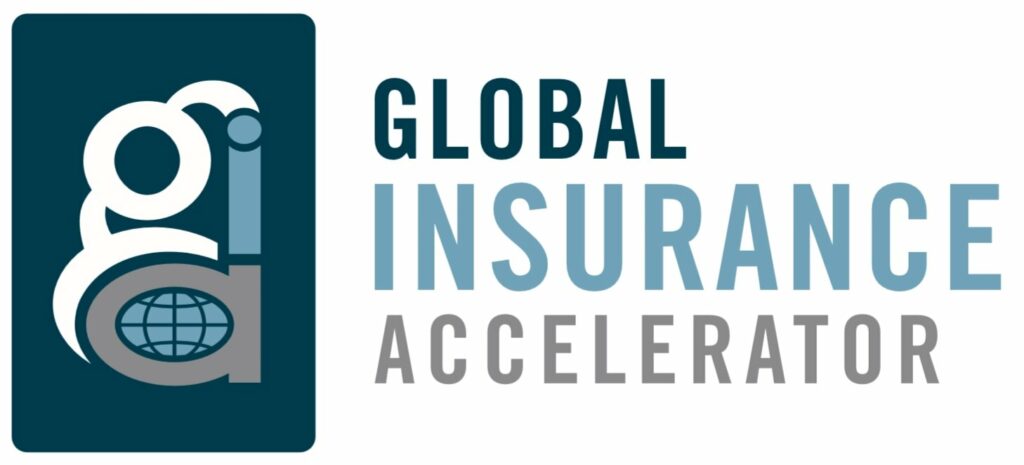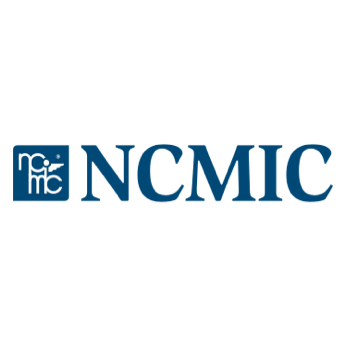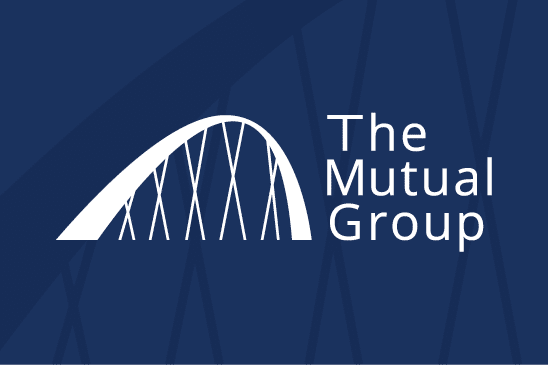Financial reform bill adds stress to small banks
The 2,200-page Dodd-Frank Wall Street Reform and Consumer Protection Act could grow into 5,000 pages of woe for Iowa’s community banks by the time regulators add language that will determine how the law will be implemented.
There are two areas of immediate concern: the cost of complying with regulations and the anticipated loss of income from interchange fees banks charge for the use of credit and debit cards.
“We kind of look at it like our banks have been sticking to their knitting, so to speak,” said John Sorensen, president and CEO of the Iowa Bankers Association.
Instead, reforms meant to control the activities of all forms of lenders will be applied to banks, which are already under the watchful eye of a variety of state and federal regulators.
“We think in the end, Iowans will end up paying for it because it will add to the cost of providing credit,” Sorensen said.
“The regulatory burden is going to go up significantly and then there’s this exemption for banks under $15 billion, but we think there is going to be a significant trickle-down to the smaller banks,” said Jeff Baker, a partner with McGladrey & Pullen LLP in Des Moines.
“The regulatory costs are going to be the big ones that affect the community banks. I think the costs will be significant. The other problem for the smaller banks is that the costs are disproportionate; you have to meet all the same rules over a smaller base,” he said.
For example, Bankers Trust Co. spends at least $1 million in labor costs alone to comply with present financial regulations, said President and CEO Suku Radia.
Bankers Trust will spend whatever it needs to spend to make sure that it stays in compliance under the new law.
Radia said the cost of noncompliance is more damaging to a lender’s reputation than the cost of compliance is to its balance sheet.
“We made a decision to be absolutely compliant, and if we have to pay a little extra to be compliant, then we will do it,” he said.
In addition, Radia estimated that banks could lose $1 million to $3 million just by failing to act on recovering the cost of meeting new regulations.
“I don’t think the average shareholder is going to stand for a reduction in earnings,” he said. “We would be the only industry where the shareholder would say, ‘Yep, I understand our earnings will go down.'”
Because the regulations have not been finalized, it is not clear exactly how the costs imposed on large institutions will trickle down to community banks.
“I think everyone is concerned about the cost of compliance,” said Tom Gronstal, head of the Iowa Division of Banking.
“This isn’t the first time (lawmakers) have passed large bills that have compliance information in them, and it seems the costs fall heavier on smaller institutions. It’s easier to enforce the regulations on the smaller institutions than it is for big ones.”
Sorensen noted that banking giant JPMorgan Chase & Co. has said it will hire 200 lawyers to pore through the new law.
“We always said that Iowa banks are doing a pretty job of weathering the financial crisis; what we are not sure of is whether they are going to be able to weather the regulatory response,” Sorensen said.
The bill creates the Consumer Financial Protection Bureau to oversee lenders with assets of $15 billion or more. However, the rules it establishes will be used to examine community banks regulated by other agencies.
“I think the good news about it is at least the new Consumer Financial Protection Bureau doesn’t have direct jurisdiction over banks under $15 billion in size,” Gronstal said. “But the rules will get filtered through the (Federal Deposit Insurance Corp.) and the Federal Reserve, which will be looking at the same types of things; they’re pretty good at enforcement now.
“The thing that community banks should take some hope in is that now most of the people that they compete with will be subject to the new regulations.”
Among the uncertainties will be how small banks raise capital and treat it under regulatory schemes. One area of concern for banks with assets of $500 million or more is their use of trust preferred securities as a form of Tier 1 capital. Banks with assets of more than $15 billion will not be able to use those securities in their main layer of capital. Banks with assets of between $500 million and $15 billion will be able to grandfather in existing securities.
“A number of banks will have to reassess how they raise capital going forward,” Sorensen said. “Regulators have been much more stringent on capital requirements before this. We have seen a scaling up of capital requirements. Many banks obtain capital locally, but from a community bank standpoint, your options are limited on where you can go to attract capital, and trust preferred securities were a way to do that.”
On the other hand, Baker noted that the securities have not been fancied by investors in recent years, so they have not been a big source of new capital for banks.
“Investors are scared to death of those things,” Baker said. “But prior to the credit crisis, if a bank wanted to raise capital, they were an attractive alternative.”
Sorensen said that although he had hoped for a better bill, the Dodd-Frank Act does have some benefits. He noted that the Consumer Financial Protection Bureau could be detect risks in the lending environment that could pose problems for the health of the economy.
“But if you are a a community bank and you’re kind of minding your own business, they get you on the income side on what you can charge for an electronic transaction and then they hit you on the expense side,” he said. “We were hoping for better.”
Gronstal also said it will be important for community banks to keep watch on the writing of regulations.
“That whole area of capital and how the rules get written will have a profound impact on the future of community banks,” he said. “It’s going to be very important to be involved in writing regulations. It’s entirely possible if they write them the wrong way that it is going to be very difficult for smaller banks to raise capital.”











